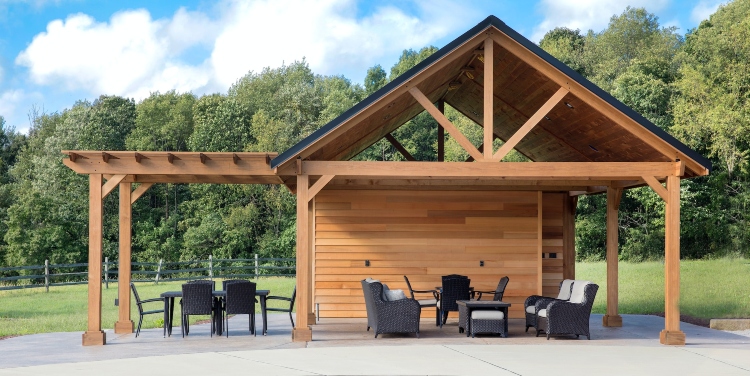Adding a gazebo to your outdoor space can be an excellent way to create a cosy and inviting atmosphere while enjoying the beauty of nature. However, before you rush into erecting a gazebo, it’s essential to determine whether you need planning permission. The rules and regulations regarding planning permission can vary depending on your location and the size and design of the gazebo.
In this article, we will explore the factors that determine whether you need planning permission for a gazebo and provide some useful information to help you make an informed decision.
Understanding Planning Permission
Planning permission is the legal authorization required from your local planning authority before making any changes to your property that may affect its appearance or land use. It is designed to ensure that new developments adhere to certain standards and regulations, preserving the character of the area and preventing any potential issues.
While not all development projects require planning permission, it’s crucial to verify whether your gazebo falls within the scope of permitted development rights or if you need to obtain planning permission.
Permitted Development Rights
Permitted development rights allow you to make specific improvements and alterations to your property without the need for planning permission. These rights are subject to certain limitations and conditions, and they can vary depending on your location. The specific criteria may include the size, height, and location of the gazebo, as well as its proximity to boundaries and other structures. It is recommended to consult your local planning authority or a professional for guidance to ensure compliance with the regulations.
Factors to Consider
When determining whether planning permission is required for your gazebo, several factors come into play. Here are some key points to consider:
1. Size and Height: The size and height of your gazebo can impact whether planning permission is necessary. In many cases, smaller and lower structures are more likely to fall within permitted development rights.
2. Location: The location of the gazebo within your property can also influence planning permission requirements. If it is situated close to a boundary or neighbouring property, restrictions may apply.
3. Listed Buildings and Conservation Areas: If your property is a listed building or is located in a conservation area, additional planning restrictions may be in place to preserve the historical or architectural significance of the area.
4. Intended Use: The intended use of the gazebo can be a determining factor. If it will be used solely for recreational purposes, such as a garden retreat or seating area, it may be more likely to fall within permitted development rights.
Consult the Experts at TFH Gazebos
Navigating the complexities of planning permission for your gazebo can be overwhelming. That’s where the expertise of professionals like TFH Gazebos can make a significant difference. TFH Gazebos is a reputable company specialising in high-quality gazebos. They can provide valuable guidance, ensuring that your gazebo complies with all necessary regulations.
Conclusion
Before embarking on the installation of a gazebo, it is essential to determine whether you need planning permission. Factors such as size, height, location, and intended use of the gazebo will influence the need for planning permission. By consulting your local planning authority or seeking professional advice from experts like TFH Gazebos, you can ensure that your gazebo project is carried out smoothly and in compliance with all regulations. So, take the necessary steps to make your gazebo dream a reality, add some wooden benches, garden lights and decor to enhance your outdoor space with this beautiful addition.
David Prior
David Prior is the editor of Today News, responsible for the overall editorial strategy. He is an NCTJ-qualified journalist with over 20 years’ experience, and is also editor of the award-winning hyperlocal news title Altrincham Today. His LinkedIn profile is here.












































































